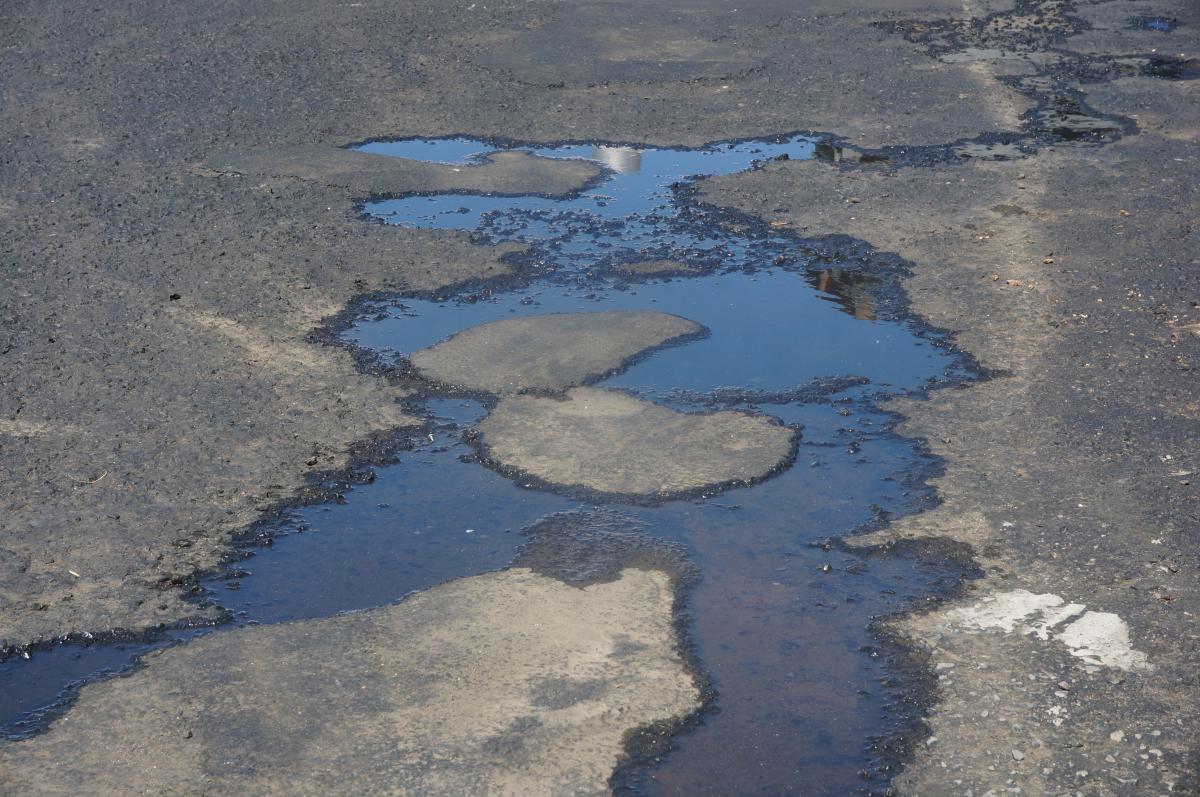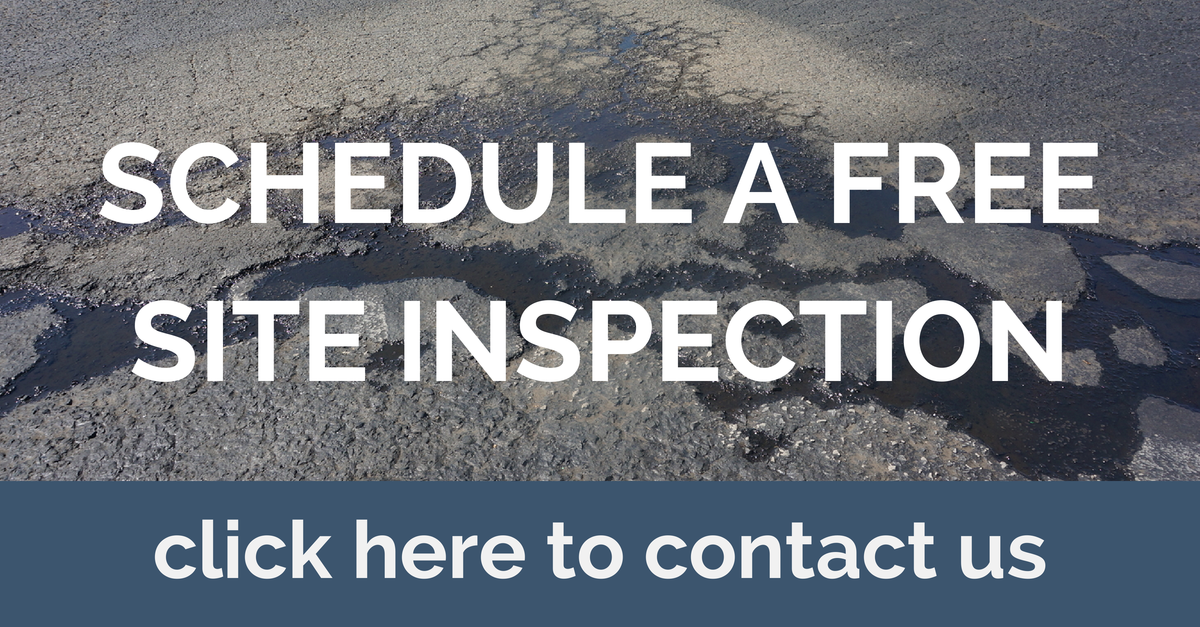
A typical asphalt pavement might last 12-15 years without maintenance. As soon as asphalt is laid down, it's exposed to conditions that immediately begin to degrade the pavement. Understanding the causes of asphalt damage and identifying when it's taking place will help you prioritize what asphalt repair and maintenance tasks need to be done immediately to help prevent further damage.
UV Rays
Asphalt is made up of rock, sand, and aggregates. They're held together by a binder (asphalt cement) that acts like a glue. When UV rays break down the binder, there's nothing holding the rock, sand, and aggregates together, and raveling occurs on your pavement's surface. When you start to see a lot of loose gravel, you know that the asphalt cement is breaking down.
Oxidation
Fresh asphalt has a black charcoal color and flexes under varying traffic loads. Exposure to oxygen fades the color of your asphalt from black charcoal to gray. Additionally, as the asphalt cement is broken down, your asphalt loses its flexibility and will begin to crack under vehicle loads.
Heavy Vehicles
Garbage and delivery trucks put a lot of weight on your asphalt. Once your asphalt has started to oxidize, it will begin to crack under these traffic loads.
Water
Whether it be from rain or from tennants washing their car, if you have cracks in your pavement and allow water to get in those cracks, the base course of your pavement will be damaged. Underground water drainage can also be a problem. Once the base course is damaged, your pavement's ability to carry traffic load decreases, and your pavement becomes more prone to cracks and potholes. Once you have structural damage, repaving becomes the only way to permanently fix the issue.
Oil Stains
Oil stains from parked cars will eat through and degrade your asphalt. If oil stains are not addressed quickly, it'll become saturated into the asphalt and will become very hard (and costly) to repair.
The earlier you identify pavement damage, the earlier you can treat it and prevent further damage to your asphalt. Next week in our second seminar preview, we'll talk about what asphalt repair and maintenance tasks are essential for remedying the damage caused by UV rays, oxidation, heavy vehicles, water, and oil stains.
 Cole is the Manager of GP Maintenance Solutions. He’s been involved in the asphalt paving/maintenance industry since 2006 and has experience in both estimating and project management for City, State, Federal, and Private projects. Connect with Cole on LinkedIn.
Cole is the Manager of GP Maintenance Solutions. He’s been involved in the asphalt paving/maintenance industry since 2006 and has experience in both estimating and project management for City, State, Federal, and Private projects. Connect with Cole on LinkedIn.

